This small island used to be a calm fishing community until 1985 where Benesse Art Site and Chikatsugu Miyake(then mayor of Naoshima) came to a mutual agreement to develop Naoshima into a huge art space.
Naoshima Art Island is divided into 4+1 art spaces:
Chichu Art Museum
Chichu Art Museum was developed in 2004 as a way to reveal a different approach in the relationship between nature and people.
The building was designed by architect Tadao Ando and hosts artworks by Claude Monet, James Turrell, and Walter De Maria which are presented permanently.
[information]The majority of the building is located underground so that the museum does not interfere with the beautiful natural scenery of Naoshima[/information]
Lee Ufan Museum
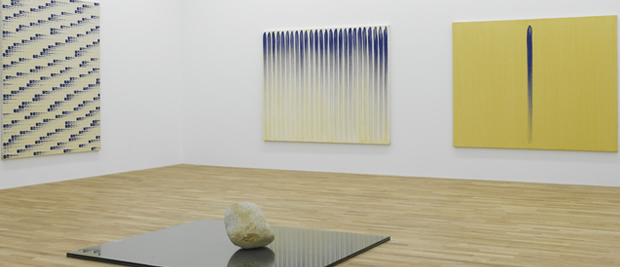
This museum hosts artist Lee Ufan and architect Tadao Ando.
Lee artworks are presented in a semi-underground structure houses designed by Ando in a way that give visitors the impressions of stillness and dynamism at the same time.
Lee Ufan museum can be found in an isolated area surrounded by powerful nature elements of mountains and sea trying to let visitors find their original natures in a fraction of time where they are cut off by the material goods overflowed society.
Art House Project
Art House Project evolves in Naoshima’s Honmura district and at the moment hosts eight houses:
- Honmura Lounge & Archive, this used to operate as a supermarket but architect Ryue Nishizawa renovated it in order to operate as an archive source where visitors can find books and other materials related to all artists presented in Art Island.
- Kadoya is a house 200 years old and was the first house to be completed after being restored using Japanese plaster, smoked cedar board, and traditional tiles. Inside this house, you can find Sea of Time(1998) created by Tatsuo Miyajima and local residents.
- Minamidera can be found in the historical and cultural heart of Naoshima, it’s a new structure that pays homage to a community spiritual gathering place(temple).
The building is designed by Tadao Ando and hosts the artwork of James Turrell Backside of the Moon(1999). - Kinza is a house more than 100 years old that still preserves its roof and supporting structures, the building is now being used as an art-house where visitors can enter Kinza only one at a time.
- Go’o Shrine is an art space inside a restored building created by artist Hiroshi Sugimoto.
Someone can feel instantly the simile that is created between an optical glass staircase that links the main building to an underground stone chamber and heaven and earth unity.
Artwork hosted in Kinza is Appropriate Proportion(2002) by Hiroshi Sugimoto. - Ishibashi used to be a family that prospered in the salt-making business(once a thriving industry in Naoshima).
This building used to be the house where this family lived so architects Hiroshi Senju and Yuji Akimoto along with restoration supervisors Soichiro Fukutake and Tadakatsu Honda restored it as a place where Naoshima’s historical and cultural heritage can be found. Works hosted are by Hiroshi Senju The Falls(2006) and The Garden of Ku(2009). - Gokaisho in the Japanese language means “a meeting place to play go” used to be a gathering place for go players.
This building hosts artist Yoshihiro Suda artwork Tree of Spring sculpture making an intriguing contrast with the real camellia outside in the garden. - Haisha which in the Japanese language can be translated as “dentist” used to be the home and office of a local dentist.
This house got transformed by artist Shinro Ohtake into a sculptural/graphic work called Dreaming Tongue” representing the process of calling to mind a dream from the tastes and aromas of a morsel in one’s mouth.
Benesse House Museum
Benesse House Museum first opened in 1992 as a museum that integrated a hotel based on the concept “Coexistence of nature, art and architecture.”. Tada Ando designed four buildings residing under the same facility: Museum, Oval (opened in 1995), Park and Beach (both opened in 2006).
Artspace near Miyanoura port
David @ Shikoku let us know in his comment below this post that there is a fifth smaller art space near Miyanoura port that includes Naoshima Bath I♥湯(I Love You) and Red Pumpkin artwork.
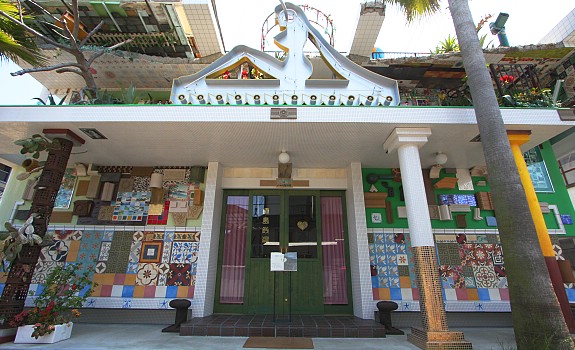
I Love You is an alternative site, just a few steps from the ferry terminal at Miyanoura Port, where visitors can take their baths and relax while at the same time can interact with other visitors from all over the world and Japanese locals.
This art facility was created by Shinro Ohtake using recycled objects from all over Japan.
[information]Public bathhouses(sento) are very popular in Japan.[/information]
Yayoi Kusama “Red pumpkin” artwork is located on Miyanoura port and is the second most famous pumpkin on this island.

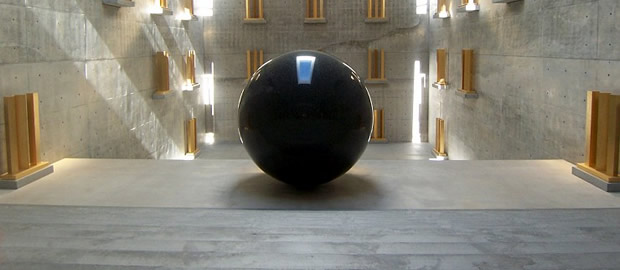
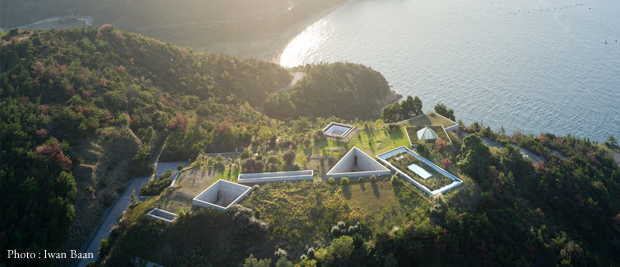
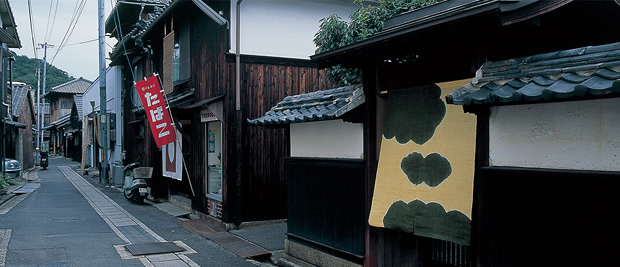
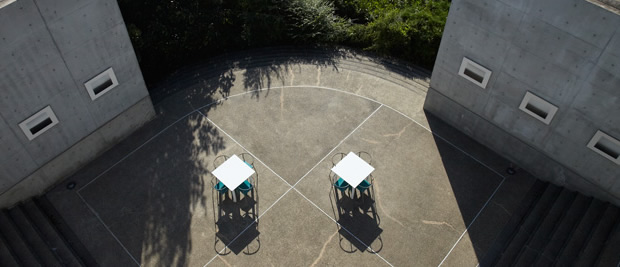
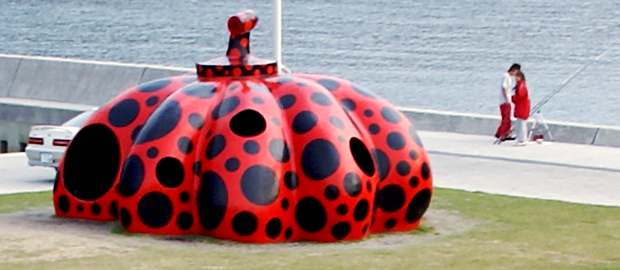
3 comments
David @ Shikoku - November 16, 2012 5:16 am
Nice overview of Naoshima.
Just one detail. You could have mentioned “I love Yu” and Red Pumpkin in Miyanoura, which constitute a smaller fifth art space. (just nitpicking)
Mak Mour - November 16, 2012 11:41 am
Thanks a lot David, your comment is much appreciated.
In fact I’ve just updated my post 😉
David @ Shikoku - November 16, 2012 3:40 pm
You’re very welcome. 🙂